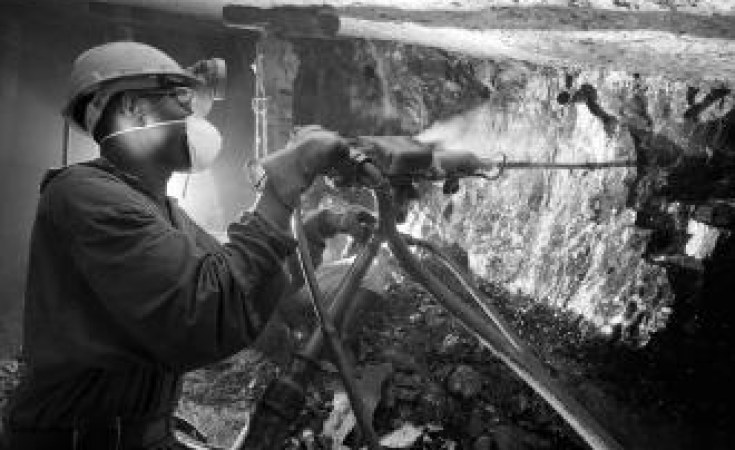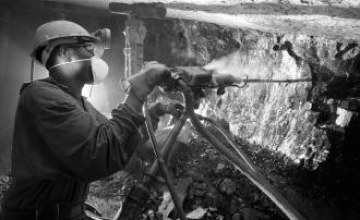Brazzaville, 14 Dec. 2016 (ECA) - In spite of the efforts deployed by countries in Central Africa to incorporate the objectives of the African Mining Vision (AMV) into national policies and legislative frameworks, the results are still limited and do not yet permit the mining industry to drive inclusive growth and sustainable development. Such is the conclusion contained in an ECA report on "the state of progress and next steps in the implementation of the African Mining Vision in Central Africa". The report was reviewed at a just-ended ad hoc expert group meeting in Brazzaville, the Republic of Congo, aimed at proposing recommendations for its improvement to enable countries of the sub-region maximize gains from their enormous mining potentials.
The extensive work on the sub-region's mining economy shows that vis-à-vis their national regimes, ECCAS member countries are yet to be fully aligned with the AMV whose long-term objective is to establish mechanisms that allow for: (i) a transparent mining industry, and (ii) an optimum, equitable and rational exploitation of mineral resources so as to support steady, inclusive and sustainable growth.
Official ceremony
Opening the meeting, Mr. Louis Marie Joachim Djama - representative of the Minister of Mines and Geology of the Republic of Congo underscored the importance of the reflection on the African Mining Vision (AMV), while admitting that though nature has blessed his country with huge mineral resources, the "country does not benefit fully from these resources that are scarcely processed locally into industrial products and are exported without any real local added value."
He however told the experts that his country has created an enabling environment for the exploitation of the said mineral resources within the framework of a National Development Plan for Congo.
The Resident Representative of the UNDP and Coordinator of the United Nations system in Congo, Mr. Anthony Ohemeng-Boamah, who participated in the opening ceremony, argued that countries of Central Africa are already the main suppliers of certain minerals, and thus needed to be bold in their level of ambition and invest in building the necessary capacity and institutions to make their mineral deposits a real source of wealth. He cited the example of coltan that is one of the main components of mobile telephones, stating, "We must however move away from being just simple suppliers of crude coltan and become producers of coltan-based Smartphone component parts".
"This is about moving away from a situation where we are passive collectors of taxes, dividends and royalties to an approach where we privilege the use of our raw materials to boost industrialisation and the structural transformation of our economies," Mr Ohemeng-Boamah added.
For his part, the Director of the ECA Sub-Regional Office for Central Africa, Mr. Antonio Pedro noted the changing dynamics of the extractive industries since the adoption of the African Mining Vision in 2009, namely the falling commodity prices, the adoption of the Sustainable Development Goals, the rising challenges of climate change and the impact of digital transformation and technological advances on the sector.
He underscored that this situation represents both a challenge and opportunity for the implementation of the AMV in Central Africa. "As such," he noted, "the Republic of Congo which sits on an in-situ value of almost three trillion dollars of potash could play a Central role in fertilising land to feed the world's population which is projected to rise to 10 billion by 2050."
In his view, Central African States therefore need to seize the opportunities ushered-in by the new dispensation.
Once finalized, the ECA report shall be circulated to policy-makers in the sub-region to enable them tap its content to improve the contribution of the mining industry to the development of their countries.



